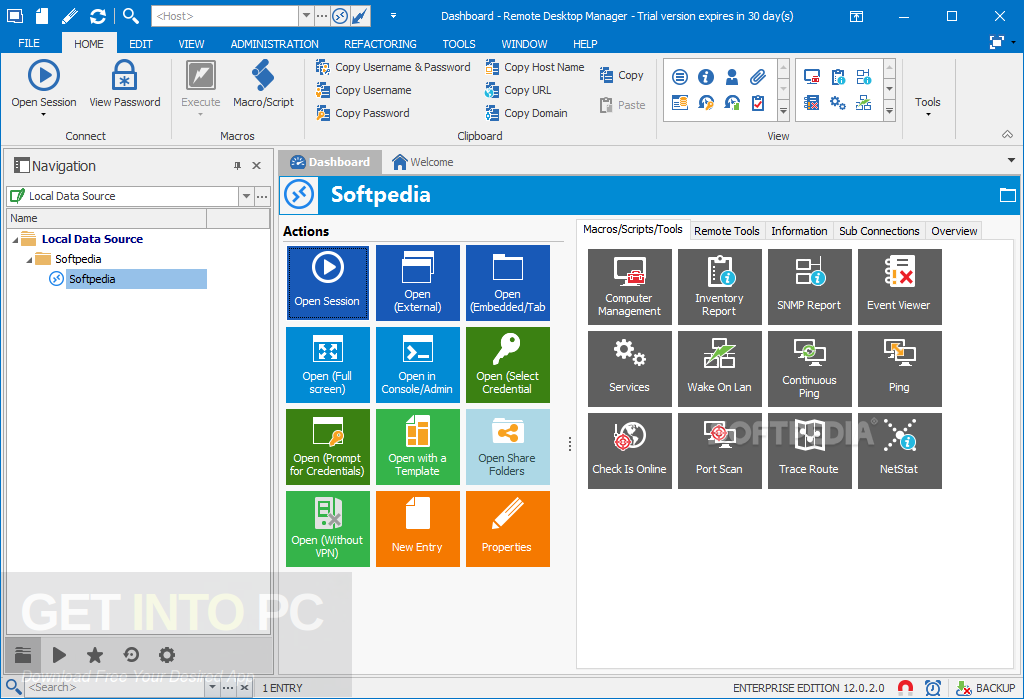Requires Administrator Password

UAC requires password even for admin? How can I make UAC not ask for password every time I try to run program as administrator? In order to bypass the UAC password, you have to log in to Windows with an administrator account so you have sufficient privileges to change UAC prompt behavior.
Example: Get-Module AzureRM.Netcore Remove-Module #Requires -Modules AzureRM.Netcore You might think that the above code shouldn't run because the required module was removed before the #Requires statement. However, the #Requires state had to be met before the script could even execute. Then the first line of the script invalidated the required state.
Method 1: Make UAC not ask for admin password using group policy
- Hold down the Windows key on your keyboard and then press the R key. In the Run box, type in secpol.msc and hit Enter.
- When the Local Security Policy window opens, navigate to Security Settings –> Local Policies –> Security Options. On the right panel, double-click on the option “User Account Control: Behavior of the elevation prompt for administrators in Admin Approval Mode“.
- Click the drop-down box and select “Prompt for consent for non-Windows binaries” and click OK.
Of course, you can select “Elevate without prompting” to totally bypass UAC prompt for admin accounts, but you won’t get notifications whenever a program is silently installed or run with elevated permissions.
Method 2: Make UAC not ask for admin password using Registry Editor
- Open the Registry Editor and browse to the following key:
HKEY_LOCAL_MACHINESOFTWAREMicrosoftWindowsCurrentVersionPoliciesSystemOn the right side, double-click on ConsentPromptBehaviorAdmin and change the value to 5.
- 0 = Elevate without prompting
- 1 = Prompt for credentials on the secure desktop
- 2 = Prompt for consent on the secure desktop
- 3 = Prompt for credentials
- 4 = Prompt for consent
- 5 = Prompt for consent for non-Windows binaries (default)
- Close Registry Editor. Restart your computer and log back into your admin account. Whenever you tries to run program as administrator, the UAC prompt will appear but it doesn’t ask you to enter password any longer. You can simply click Yes to allow the app/program to run with admin rights.
Note that it’s impossible to bypass UAC prompt if you’re logged into Windows with a standard account. When UAC admin password is lost, you can either promote your standard account into an administrator, or reset your forgotten password with PCUnlocker Live CD/USB.
Leap Free All Video Converter Platinum is an all-in-one video converting tool with easy-to-use interface, fast converting speed and excellent output video quality. It allows you to effortlessly Free convert video files between all popular video formats, which can help you Free convert popular video files as AVI, WMV, MPEG, MP4, HD, ASF, VOB, 3GP, iPhone, Mov.Category: Audio / Rippers & EncodersPublisher: Leap Converter Software, License: Freeware, Price: USD $0.00, File Size: 3.7 MBPlatform: Windows. 
Related posts:
-->
Short description
Prevents a script from running without the required elements.
Long description
The #Requires statement prevents a script from running unless the PowerShellversion, modules (and version), or snap-ins (and version), and editionprerequisites are met. If the prerequisites aren't met, PowerShell doesn't runthe script.
Syntax
For more information about the syntax, seeScriptRequirements.
Rules for use
A script can include more than one #Requires statement. The #Requiresstatements can appear on any line in a script.
Placing a #Requires statement inside a function does NOT limit its scope. All#Requires statements are always applied globally, and must be met, before thescript can execute.
Just as he's reminiscing about all the heroic modified humans he's lived alongside- Ichigō, Nigō, V3, Riderman, X, Amazon, Stronger and Tackle- the first seven Riders gradually show up to greet him in their human guises, unrecognised by the crowds. The special opens with Tachibana Tōbei taking some children to a Kamen Rider roadshow. All together seven kamen riders download.
Warning
Even though a #Requires statement can appear on any line in a script, itsposition in a script does not affect the sequence of its application. Theglobal state the #Requires statement presents must be met before scriptexecution.
Example:
You might think that the above code shouldn't run because the required modulewas removed before the #Requires statement. However, the #Requires statehad to be met before the script could even execute. Then the first line of thescript invalidated the required state.
Parameters
-Assembly <Assembly path> <.NET assembly specification>
Specifies the path to the assembly DLL file or a .NET assembly name. TheAssembly parameter was introduced in PowerShell 5.0. For more informationabout .NET assemblies, see Assembly names.
For example:
-Version <N>[.<n>]
Specifies the minimum version of PowerShell that the script requires. Enter amajor version number and optional minor version number.
For example:
-PSSnapin <PSSnapin-Name> [-Version <N>[.<n>]]
Specifies a PowerShell snap-in that the script requires. Enter the snap-in nameand an optional version number.
For example:
-Modules <Module-Name> <Hashtable>
Specifies PowerShell modules that the script requires. Enter the module nameand an optional version number.
If the required modules aren't in the current session, PowerShell imports them.If the modules can't be imported, PowerShell throws a terminating error.
For each module, type the module name (<String>) or a hash table. The valuecan be a combination of strings and hash tables. The hash table has thefollowing keys.
ModuleName- Required Specifies the module name.GUID- Optional Specifies the GUID of the module.- It's also Required to specify one of the three below keys. These keyscan't be used together.
ModuleVersion- Specifies a minimum acceptable version of the module.RequiredVersion- Specifies an exact, required version of the module.MaximumVersion- Specifies the maximum acceptable version of the module.
Note
RequiredVersion was added in Windows PowerShell 5.0.MaximumVersion was added in Windows PowerShell 5.1.
For example:
Require that AzureRM.Netcore (version 0.12.0 or greater) is installed.
Require that AzureRM.Netcore (only version 0.12.0) is installed.
Requires that AzureRM.Netcore (version 0.12.0 or lesser) is installed.
Require that any version of AzureRM.Netcore and PowerShellGet is installed.
When using the RequiredVersion key, ensure your version string exactlymatches the version string you require.
The following example fails because 0.12 doesn't exactly match 0.12.0.
-PSEdition <PSEdition-Name>
Specifies a PowerShell edition that the script requires. Valid values areCore for PowerShell Core and Desktop for Windows PowerShell.
For example:
-ShellId
Specifies the shell that the script requires. Enter the shell ID. If you usethe ShellId parameter, you must also include the PSSnapin parameter.You can find the current ShellId by querying the $ShellId automaticvariable.
For example:
Note
This parameter is intended for use in mini-shells, which have been deprecated.
-RunAsAdministrator
When this switch parameter is added to your #Requires statement, it specifiesthat the PowerShell session in which you're running the script must be startedwith elevated user rights. The RunAsAdministrator parameter is ignored on anon-Windows operating system. The RunAsAdministrator parameter wasintroduced in PowerShell 4.0.
For example:
Examples
The following script has two #Requires statements. If the requirementsspecified in both statements aren't met, the script doesn't run. Each#Requires statement must be the first item on a line: